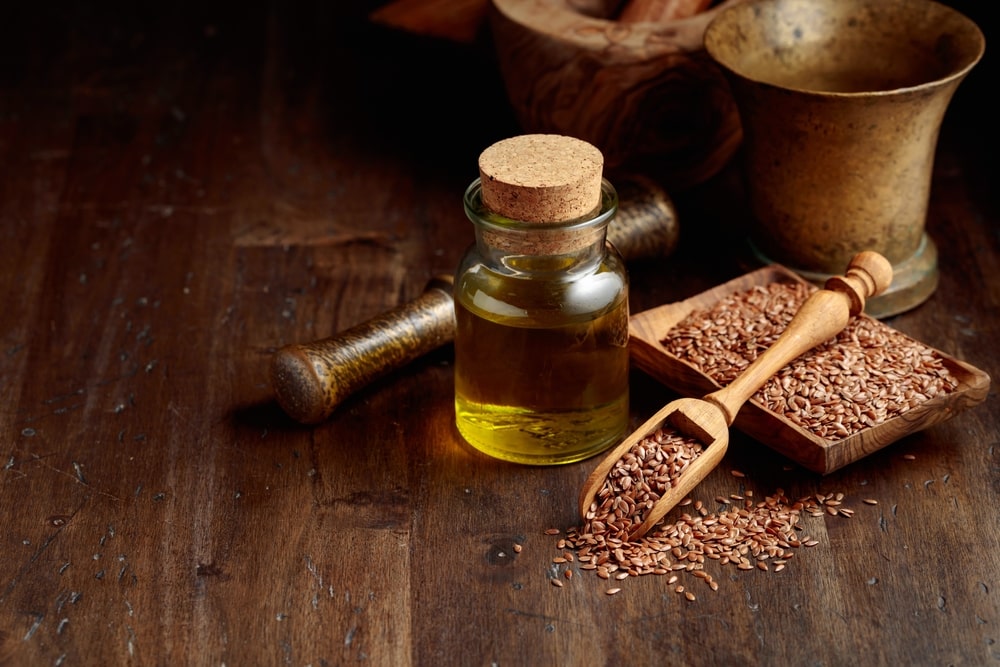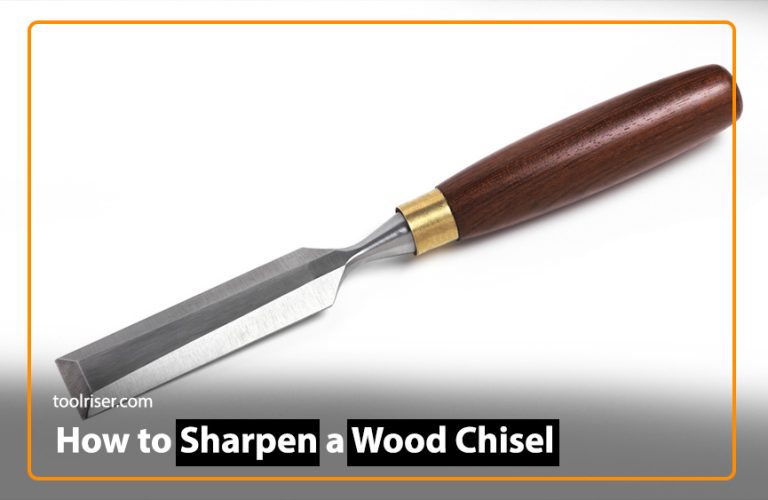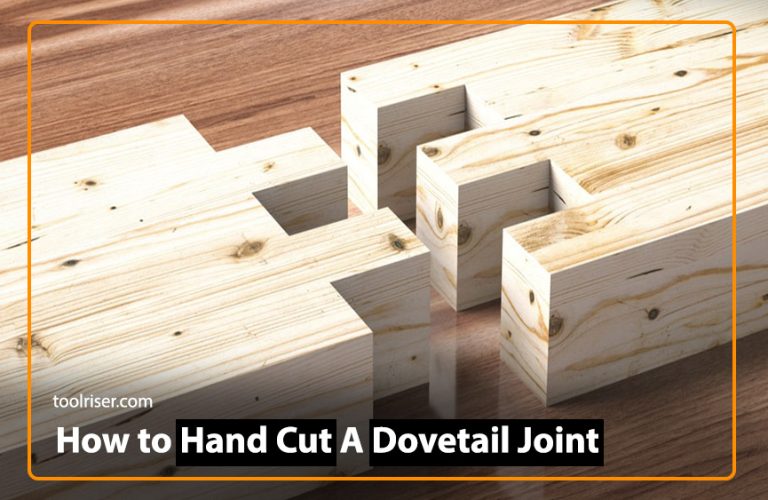How to Apply Linseed Oil on a Wooden Mallet

Wooden mallets are essential tools in various woodworking projects, cherished for their durability and reliability. To prolong the lifespan and maintain the quality of your wooden mallet, applying linseed oil is a wise choice. Linseed oil, derived from flaxseed, offers numerous benefits for wooden tools like mallets, including protection from moisture, enhancing the wood’s natural beauty, and increasing durability.
What is Linseed Oil ?
Linseed oil, also known as flaxseed oil, is a natural oil extracted from the seeds of the flax plant. It has been used for centuries as a wood finish due to its ability to penetrate deep into the wood fibers, providing protection and enhancing its appearance.
What are Wooden Mallets?
Wooden mallets are commonly used in woodworking to strike chisels, carve wood, and assemble joints without damaging the delicate wood fibers. They are typically made from hardwoods like beech, oak, or maple, known for their strength and resilience.
Benefits of Applying Linseed Oil on Wooden Mallets
Protection: Linseed oil creates a protective barrier on the surface of the wood, guarding it against moisture, humidity, and other environmental factors.
Enhanced Durability: By penetrating deep into the wood, linseed oil strengthens the fibers, making the mallet more resistant to wear and tear.
Natural Finish: Linseed oil enhances the natural grain and color of the wood, giving the mallet a beautiful, rustic appearance.
Steps of applying Linseed Oil on Wooden Mallets

Following is the step by step guide of applying linseed oil on wooden mallets.
Preparation before Applying Linseed Oil
Before applying linseed oil to your wooden mallet, proper preparation is essential to ensure optimal results.
Cleaning the Mallet
Start by cleaning the mallet thoroughly to remove any dirt, dust, or debris that may be present on the surface.
Sanding the Surface
Use fine-grit sandpaper to smooth out any rough spots or imperfections on the wood surface. This will ensure that the linseed oil applies evenly and penetrates deeply into the wood.
Application Techniques
Proper application of linseed oil is crucial for achieving the best results and maximizing the benefits for your wooden mallet.
Applying the First Coat
Using a clean, dry cloth or brush, apply a thin, even coat of linseed oil to the entire surface of the mallet. Ensure that the oil penetrates into the wood fibers.
Sanding between Coats
After the first coat has dried completely, lightly sand the surface with fine-grit sandpaper to remove any raised grain or roughness. Repeat this process between each subsequent coat of linseed oil.
Applying Subsequent Coats
Apply additional coats of linseed oil, following the same process of applying thin, even layers and sanding between coats. The number of coats required will depend on the desired level of protection and sheen.
Drying Time and Curing Process
Allow the final coat of linseed oil to dry completely according to the manufacturer’s instructions. The drying time may vary depending on factors such as temperature, humidity, and the thickness of the coats applied. Once dry, the mallet will undergo a curing process, during which the linseed oil will harden and provide long-lasting protection.
Safety Precautions
When working with linseed oil, it’s essential to take proper safety precautions to protect yourself and ensure a safe working environment. Wear gloves, eye protection, and work in a well-ventilated area to avoid inhaling fumes.
Maintenance Tips
To maintain the appearance and durability of your wooden mallet treated with linseed oil, periodically apply a thin coat of oil and perform any necessary sanding or touch-ups. Store the mallet in a cool, dry place away from direct sunlight and moisture.
Read More:- How to Apply Beeswax Furniture Polish on Wooden Furniture
Read More:- How to Apply Danish Oil for Woodworking: A Complete Guide 2024
FAQ’s
Q1: How often should I reapply linseed oil to my wooden mallet?
A1: It’s recommended to reapply linseed oil to your wooden mallet every 6-12 months or as needed, depending on usage and exposure to environmental factors.
Q2: Can I use linseed oil on other wooden tools besides mallets?
A2: Yes, linseed oil can be used to treat and protect various wooden tools and surfaces, including cutting boards, handles, and furniture.
Q3: Is linseed oil food-safe?
A3: Pure, raw linseed oil is generally considered food-safe once it has fully cured. However, it’s essential to use caution and ensure that the oil has dried completely before coming into contact with food.
Q4: Can I mix linseed oil with other finishes?
A4: Linseed oil can be mixed with other finishes, such as varnish or shellac, to create custom blends with different properties and appearances.
Q5: How should I dispose of used linseed oil and rags?
A5: Due to the risk of spontaneous combustion, used linseed oil-soaked rags should be disposed of properly by spreading them out flat to dry in a well-ventilated area or by soaking them in water before disposal.
Final Thoughts
Applying linseed oil to a wooden mallet is a simple yet effective way to protect and enhance its performance and appearance. By following the proper preparation and application techniques outlined in this article, you can ensure that your mallet remains a reliable tool for years to come. We hope this blog will prove beneficial and helpful for all the woodworking professionals.






